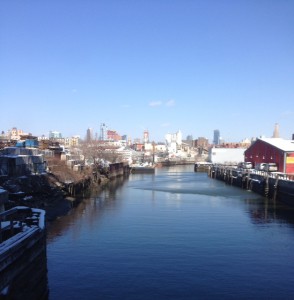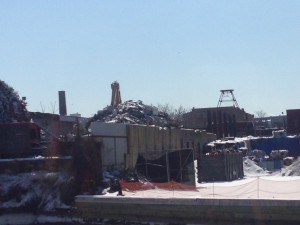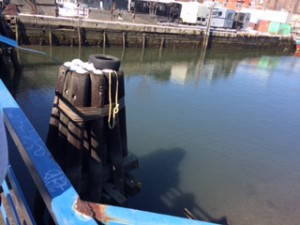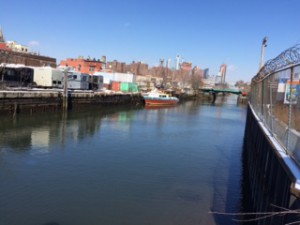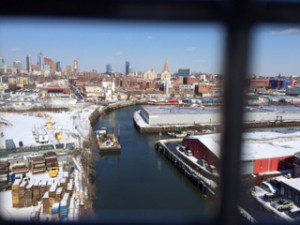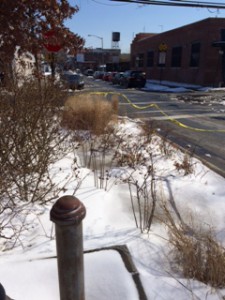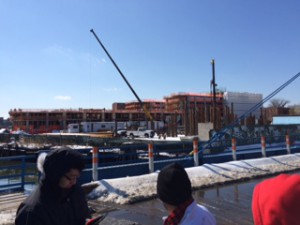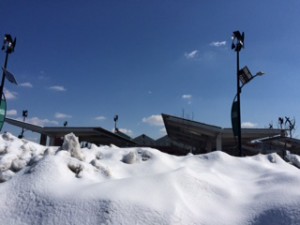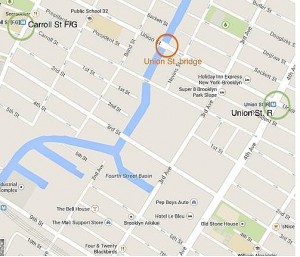During my visit to the Gowanus Canal in Brooklyn, I have seen the polluted canal, observed the neighborhood and learned about its history and the future solutions from our leader. The reason why the canal is greatly polluted is because of the industrial pollution from factories that dumped their wastes in its waters. Also, the sewage entered the Gowanus Canal and other contaminants. This led this Canal to be the most polluted waterway in North America. Fortunately, a non-profit campaign, the Gowanus Canal Conservancy was created to help clean and revive the Gowanus Canal with the help of so many volunteers. Finally, to restore the canal is to revive the environment by creating and implementing efficient practices held by the campaign.

